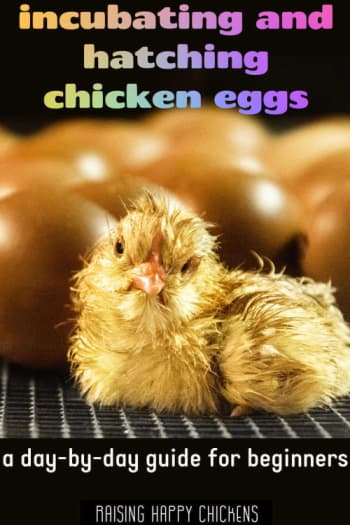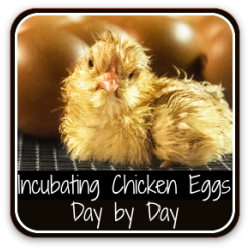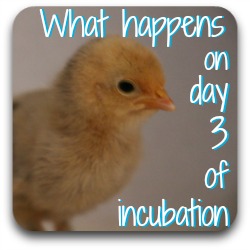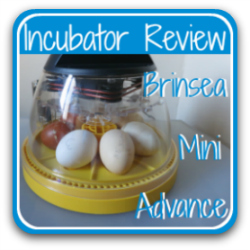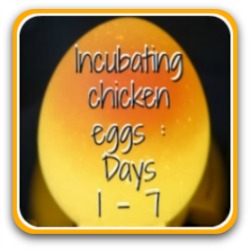- Home
- Incubation day by day
- Day 2
How to incubate chicken eggs: here's what happens on day 2.
It's now 48 hours since the start of the incubation process.
What's happening with the incubated chicken eggs today, what actions, if any, should we be taking, can anything go wrong, and is there anything in particular we need to look out for?
What's going on in the egg today?
There's nothing to be seen with the naked eye, of course, or even with a candler. But that doesn't mean that nothing is happening in the very first days when we incubate chicken eggs.
When the fertile egg was laid, cells were already starting to develop which were then 'paused' when the hen moved away from it.
The cells remain dormant until such time as warmth is applied at a very specific temperature, either by a broody hen or in an incubator.
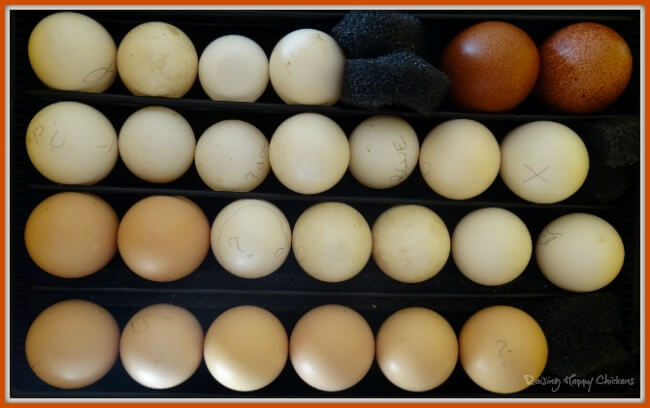 26 eggs of different breeds in my Brinsea incubator.
26 eggs of different breeds in my Brinsea incubator.What should the temperature be to incubate chicken eggs on day 2?
We saw from day 1 of incubation that an incubator mimics the hen's body heat and ranges from 37.5ºC (99ºF) in a fan assisted incubator to 39ºC (102ºF) in a still air incubator (without a fan).
Setting our chicken eggs in the incubator at the right temperature and humidity kick-started that cell development again yesterday, and we'll see it continuing today.
What's happening to the chick in the incubated egg at day 2?
- The embryo's blood vessels are now forming but still can't be seen with the naked eye. Within another three or four days though, they will become visible when we candle each egg.
Please note: the image below is a commissioned piece and is subject to international copyright laws. I am the sole copyright owner.
It must not be used, copied or reproduced anywhere without my permission.
Contact me for details and permissions for this and all other images on this page.
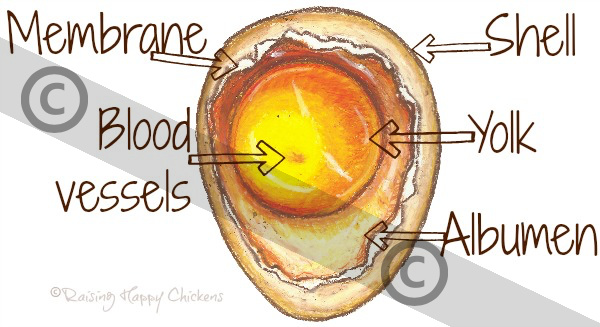 The incubated chicken egg at day 2.
The incubated chicken egg at day 2.- By just before the end of the second day of incubation, those blood vessels have joined up with the heart which now begins to beat.
- The heartbeat can be seen with a specialist egg heart rate monitor trace (yes, there is such a thing!) but it's undetectable without.
- Also today, the chick's ear is beginning to form.
- Two separate circulatory systems start to take shape. One provides the embryo with nutrition; the other removes waste.
What can we see if we candle the incubated chicken eggs at day 2?
Please note: I candled at day 2 for the purposes of demonstration. It's not advisable for you to do the same – the less the eggs are handled, particularly in these fragile early stages of incubation, the better.
In this picture, the eggshell is very light coloured and it's just possible when candling to see a slightly darker ring (inside the white circle here) where the cells are developing.
This is very unusual. It can happen with white eggs in particular – this one is a Polish (UK Poland) breed egg.
However, when we incubate chicken eggs it's really not advisable to candle them this early in the process. There's too much danger of disturbing the cells at such an early point, and there's really nothing to be seen.
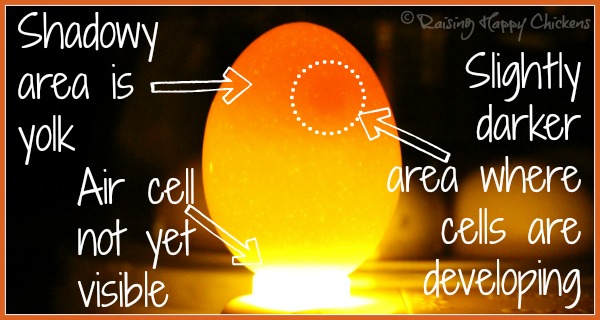
The yolk is visible and may seem a little larger than it did yesterday. The air cell may just be visible at the blunt end of the egg, but generally speaking is still very small. It's here the chick will eventually hatch.
What should we be doing at day 2 when we incubate chicken eggs?
Exactly the same as yesterday – not much!
If you need to turn the eggs by hand then you must remember to do that, and the temperature and humidity levels must be kept constant.
Otherwise, there's really nothing else to be done today.
The first few days of incubation can be a little frustrating. We don't know whether the embryo is developing or not, and we won't know for another two or three more days.
There's nothing we can do to help it apart from keeping those levels stable, remembering to turn if it's not done automatically, and being patient!
Can anything go wrong at this stage of incubation?
As long as you're making sure the temperature, humidity and turning are all happening, and providing that the eggs are fertile, there's no reason why anything should go wrong at this point.
- If the temperature in the incubator is too high there's a danger that the eggs will cook and the embryos will be killed. If it's too low, the process of development won't start at all.
- The ideal temperature in a still air incubator is 39.2ºC (101.5ºF) and in a forced air (with a fan) 37.5ºC (99.5ºF).
- Humidity levels should be set at 45%.
How to incubate chicken eggs: question of the day.
If the temperature drops today, will the embryo die?
Temperature is important, but the developing cells can cope reasonably well with a temperature drop as long as it's not too extreme and doesn't last for longer than about 20 hours.
A drop below 32ºC (90ºF) is likely to be problematic.
Having said that, if you come to incubate chicken eggs and your electricity fails at any stage, don't give up hope.
If you don't have a back-up generator, wrap the incubator in a blanket or duvet. Make sure you leave a place where air can get through, otherwise you run the risk of suffocating the embryos.
Other articles related to how to successfully incubate chicken eggs.
Sources of information about how to incubate chicken eggs.
These are some of the many sources I have used when writing this series of day-by-day guides to successful incubation and hatch.
Damerow, Gail: Hatching and Brooding Your Own Chicks. Pub. Storey, 2013. See my review, here.
Hamburger, V and Hamilton, H L: A series of normal stages in the development of the chick embryo'. Pub. Journal of Morphology, 1951.
Kellicott, W. E.: Outlines of Chordate Development, Pub.1913.
Lee, B. R. et al: 'A set of stage-specific gene transcripts identified in EK stage X and HH stage 3 chick embryos'. Pub. BMC Developmental Biology, 2007.
- Home
- Incubation day by day
- Day 2
